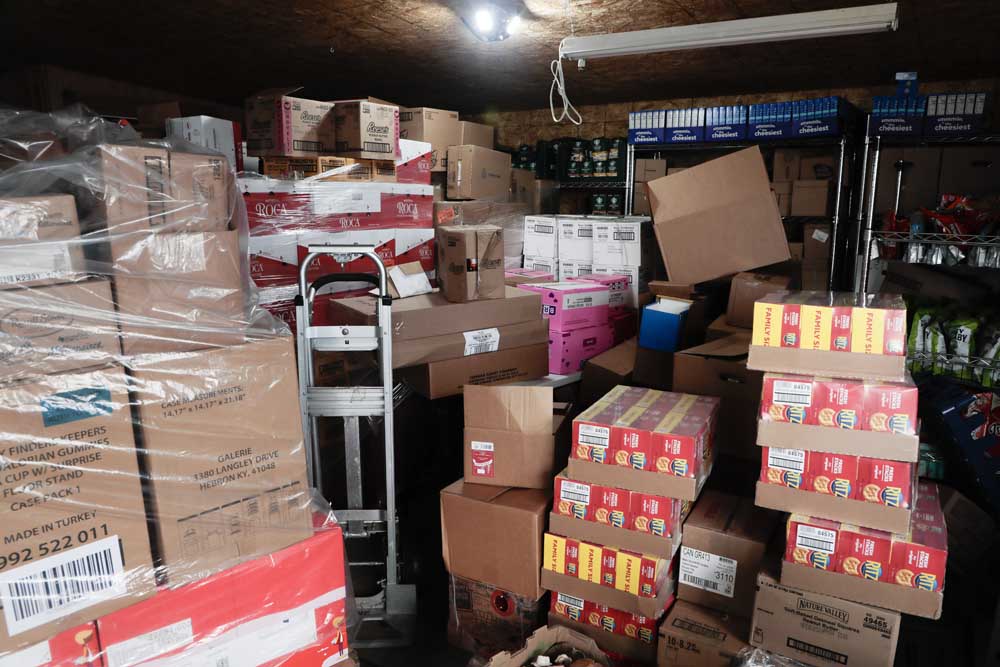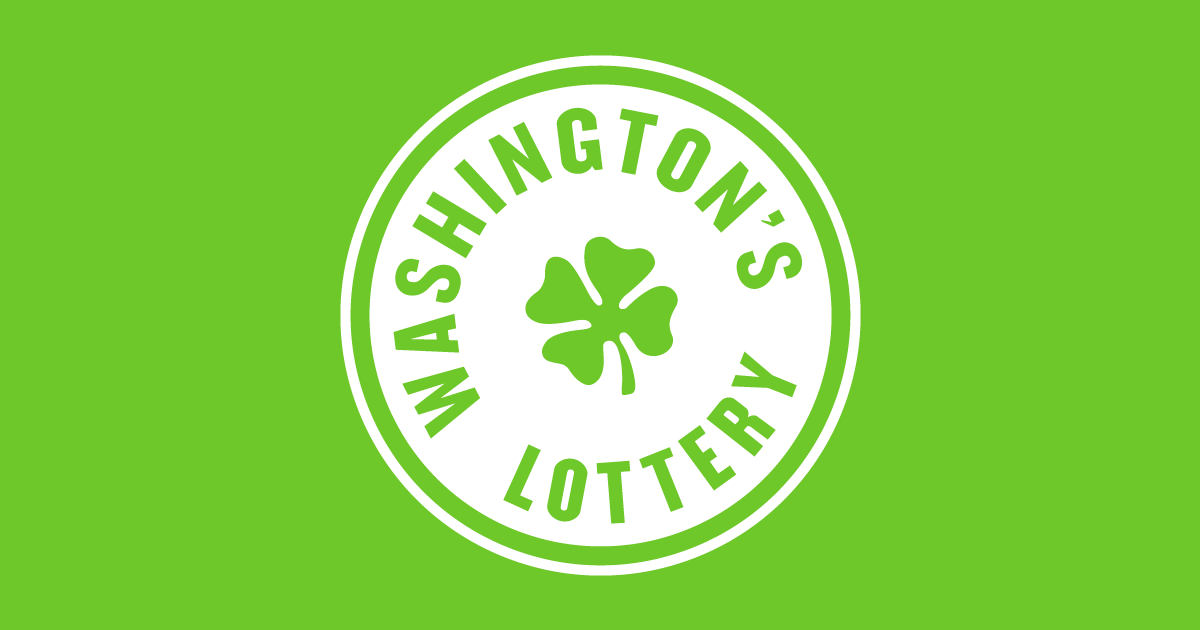South Bend food bank helps fill empty stomachs as food prices soar
Published 12:38 pm Monday, March 18, 2024

- _B0A9516.jpg
Legacy Community Outreach
227 Water Street, South Bend
Food distribution: Wednesday 12 P.M. to 4 P.M.
SOUTH BEND — On a clear March afternoon, the line of cars stretched down Adams Street before bending down Broadway Avenue for several blocks.
“The line is short this morning,” said Dean Antich as he pulled into 227 Water Street in South Bend, the site of Legacy Community Outreach, a food bank serving the South Bend community and the destination of the dozens of cars awaiting on the nearby street.
As food and living costs continue to soar, so have the needs of rural community members, particularly those already experiencing food scarcity.
Within a couple hours each Wednesday, from roughly 12 P.M. until 4 P.M., approximately a dozen volunteers from the food bank, including Antich, distribute thousands of pounds of food to hundreds of people in need as they pull up in their cars along a side street next to the pantry.
Since January, the South-Bend based food bank has served a growing number of families in need as well several other community food banks and low-income and senior-age facilities across Pacific County, stemming from a new partnership formed with a grocery warehouse that now sends more than 20,000 pounds of food to support local coastal communities each week.
Previously the food bank had relied on a patchwork of suppliers, routinely failing to meet the demands of a growing community in need.
“We servicing an average of about 80 families per week and it was a struggle to get food. We were buying and hauling in food from Chehalis, Elma and some from the local grocery store,” said Antich, who serves as general manager for South Bend Products, a local seafood processor with plants in South Bend and Chinook.
“That was before our current food supply, now we currently serve more than 200 families per week. The demand seems to be growing. Our food distribution is about 25,000-30,000 pounds right now. We’re supplying the Raymond Food Bank, Tokeland Food Bank, Bay Center Food Bank, Naselle-Grays River Food Bank and Ocean Park Food Bank. Ocean Park, we understand, had a real struggle with food. We also support the Ocean Shores Senior Center, who have also been a tremendous help to us including donating a fork lift.”
The food bank also assists Raymond Manor, a 35-unit fixed-income housing community in Raymond.
Prior to the new partnership with a new food supplier, Antich estimated that the program distributed approximately 5,000 pounds weekly, a fraction of their current average of more than 25,000 pounds.
“I had a family relative whose job is inventory control in a grocery warehouse,” explained Antich, who first became involved as a volunteer at Legacy Community Outreach in August, before joining the board in December.
“We were talking over the Christmas holiday weekend, after I had been appointed to the board of directors (for Legacy Community Outreach) in early December. Their groceries were going to King, Pierce, Snohomish, Puget Sound — just the larger regions. And he had an idea that maybe we could support the coastal communities some, so he spoke with his managers and supervisor and we were able to put something together — one full semi-load of groceries per week.”
In January the South Bend food bank began receiving a monthly semi-load from their new supplier.
The most recent delivery included fresh bread, Noosa Yogurt, Oakridge eggs, Kraft Macaroni and Cheese and oven-baked turkey breast, among dozens of other items.
“You name it. The warehouse doesn’t ship products to grocery stores when it’s got 30 days of shelf life left on it, like cereal, for instance,” Antich said.
“So now we’re receiving pallets of cereal, deli meats, desserts etc.”
The South Bend food bank was plagued in the past with sometimes receiving poor-quality produce and outdated dairy products.
“And lots of it. We would get pallet of cottage cheese that was outdated. There was a lack of variety, it was a quantity of few and found it be very burdensome. People were getting stale food,” Antich said.
Food prices are up more than 20% since 2020, according to the U.S. Bureau of Labor and Statistics, causing many to make cutbacks at the checkout lines.
“Food costs are very high, and being in a rural community there aren’t a lot of grocery stores out here that have buying power, so groceries are expensive. There are a lot of families in need,” Antich said.
“In the first four weeks, our distribution was 133,000 pounds of food with a $245,000 cost value at the wholesale level (about $400,000 retail).” To contribute or volunteer, visit www.facebook.com/LegacyCommunity/





